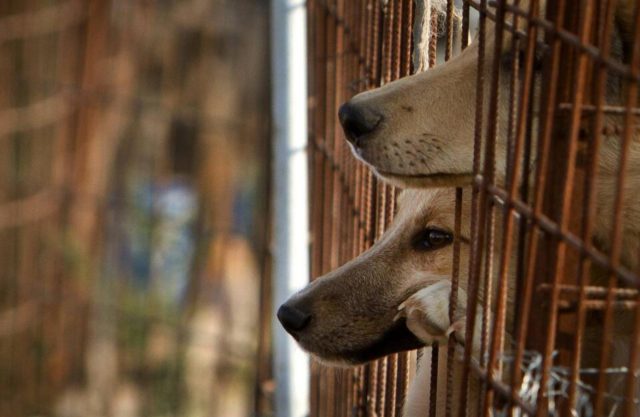According to the NICD, six new human rabies cases last week brought the South African total to 17 cases.
By: Nokwanda Ncwane
THE National Institute for Communicable Diseases (NICD) has reported an increase in the number of human rabies cases across the country.
In the eastern provinces of South Africa, it flagged rabies as a re-emerging public health problem associated with dog rabies.
According to the NICD, six new human rabies cases last week brought the South African total to 17 cases. The Eastern Cape has nine cases while KwaZulu-Natal and Limpopo have four cases each. “This equates to a 100% increase compared to seven cases reported in 2020.”
In addition, three probable human rabies cases were documented in KZN, in which rabies was suspected on clinical signs and fatal outcome, as well as a history of dog or cat bites, without laboratory confirmation.
Rabies is a fatal viral infection of the brain. The virus is spread by contact with the infected saliva of a rabid animal. Humans can come into contact with the virus-laden saliva in different ways; for example bites and other wounds inflicted by these animals via the eyes, nose, mouth or broken skin.
The NICD said increases in cases had been reported in the municipalities of Buffalo City and Nelson Mandela Bay in the Eastern Cape, in eThekwini as well as King Cetshwayo in KZN, and Vhembe districts in Limpopo.
“Cases of rabies in dogs were also reported from the Western Cape province, specifically Khayelitsha and Gordon’s Bay, earlier this year. These were the first reports of dog rabies in this province for decades. No new cases have been reported since mid-October 2021. No human cases of rabies have been identified from the Western Cape province.”
Technical lead for rabies in sub-Saharan Africa for the Global Alliance for Rabies Control, Dr Andre Coetzer, said people did not consider rabies something that happened in an urban or metropolitan setting; they falsely believed it was only a problem in rural areas.
The NICD also said mass vaccination of cats and dogs was the most important intervention for rabies prevention and control, and, when possible exposure occurs, infection may be prevented through rabies post-exposure prophylaxis.
This requires thorough washing of all wound sites with soap and water followed by rabies vaccination and immunoglobulin therapy.
Early symptoms may be very similar to those of the flu, including general weakness or discomfort, fever, headache, as well as pain and tingling, pricking, or burning sensation at the wound site.
Pretoria News








